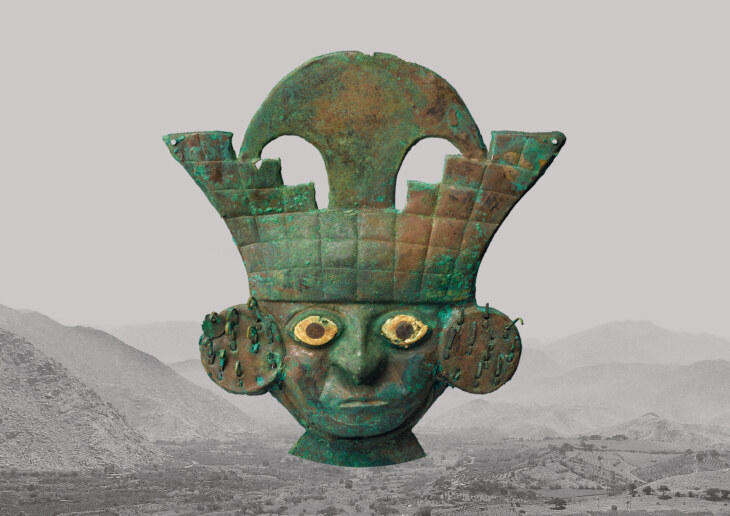30.09.2023 — 28.04.2024
Moche
1000 Years before the Inca
About 1000 years before the fall of the famous Inca Empire (1533), the northern Peruvian Moche culture (100 - 800 AD) was in its heyday. With around 250 exhibits from the museum's own rich collection, as well as loans from partner museums in Switzerland and abroad, the Museum zu Allerheiligen is presenting the fascinating culture of the Moche in a comprehensive exhibition for the first time ever in German-speaking Switzerland.
The path through the exhibition leads from the predecessor culture of the Cupisnique people to the nature and environment of northern Peru, to topics such as music, religious beliefs, warfare, as well as arts and crafts, and ends with the successors of the Moche, the Inca. Among other things, the exhibition makes it possible to experience what stupendous artisans the Moche were: The potters created masterful figural vessels and ceramics with exquisite fine-painted decoration. The metallurgists created precious gems from gold, silver and copper. The objects tell of rituals and ceremonies, give clues to the nature of the political elite as well as to the social base of the peasants.
Attention is also paid to the history of Peru’s archaeology. At the very beginning of this history is also a Swiss explorer, Johann Jakob von Tschudi (1818-1889) from Glarus. His watercolors of Moche objects and Peruvian landscapes provide a colorful and highly interesting Swiss reference.
Lending institutions are the Ethnological Museum Berlin, the Linden Museum Stuttgart, the Museum der Kulturen Basel, the Museum des Landes Glarus and the Museum Rietberg Zurich.
A comprehensive catalog will be published by Hirmer Verlag in Munich to accompany the exhibition. In this publication, an international group of specialists and scholars presents all 208 Moche objects from the Ebnöther Collection of the Museum zu Allerheiligen. Available in German.

